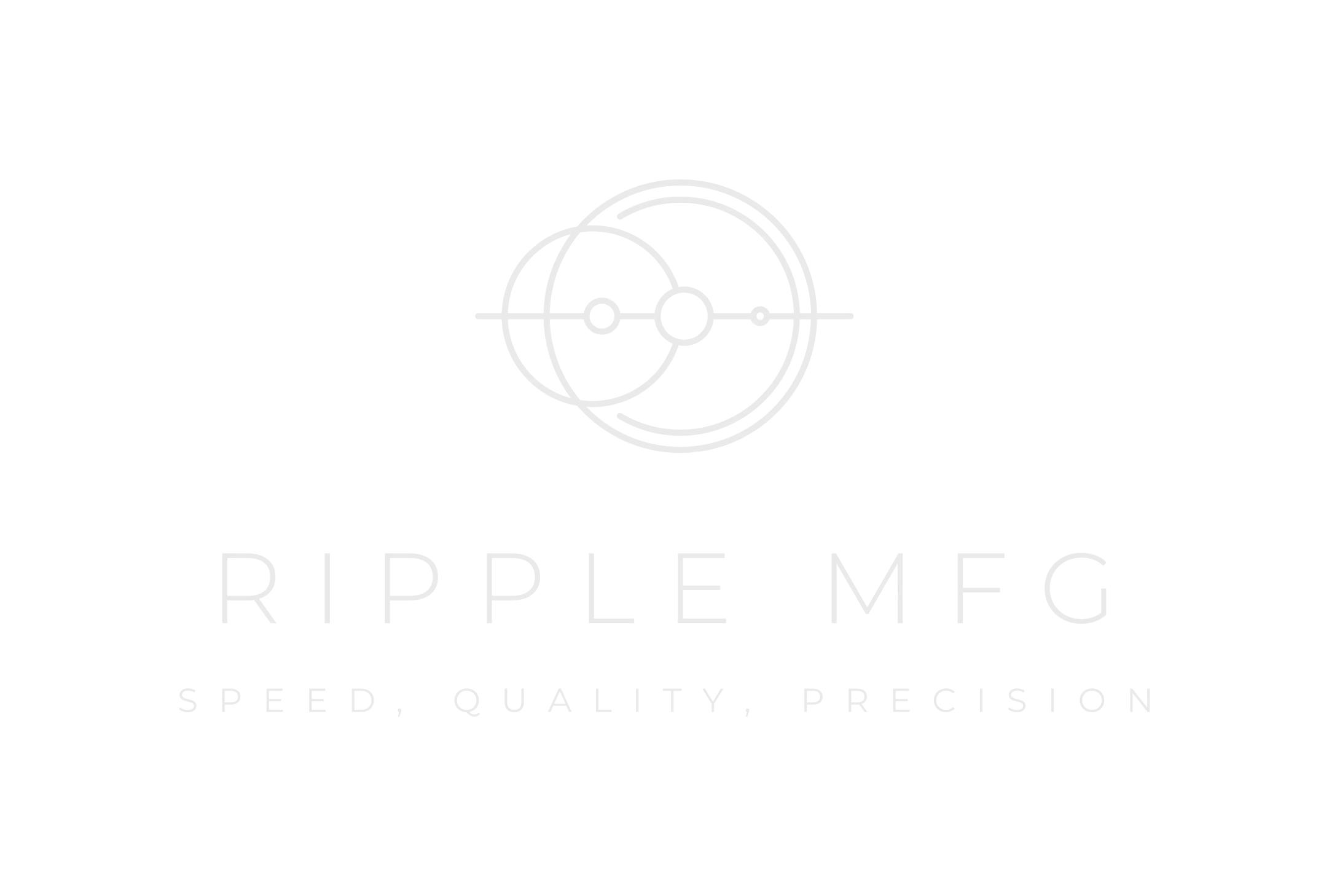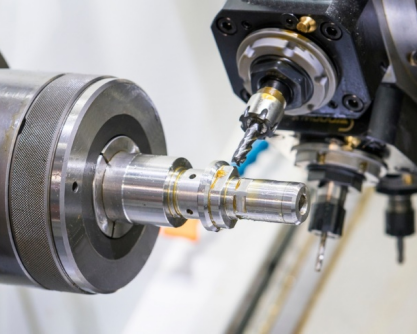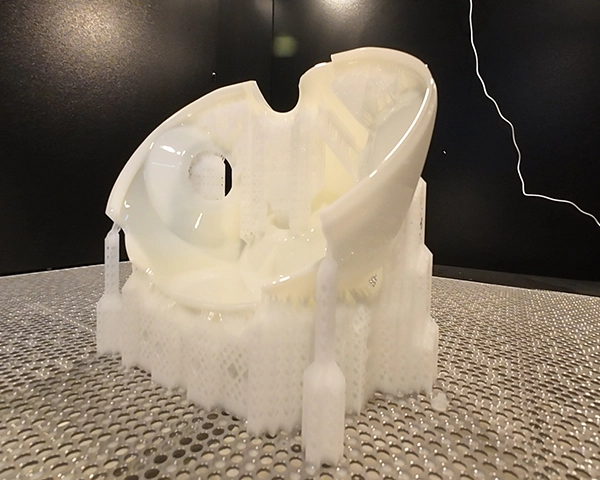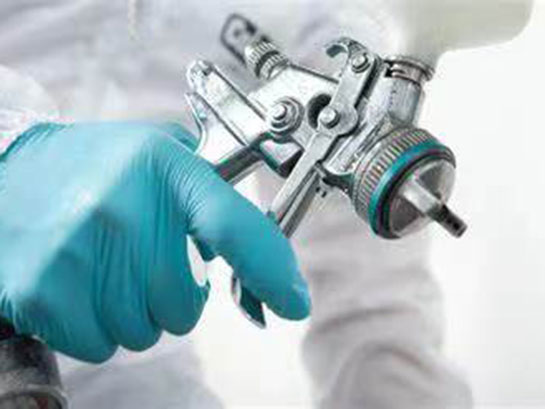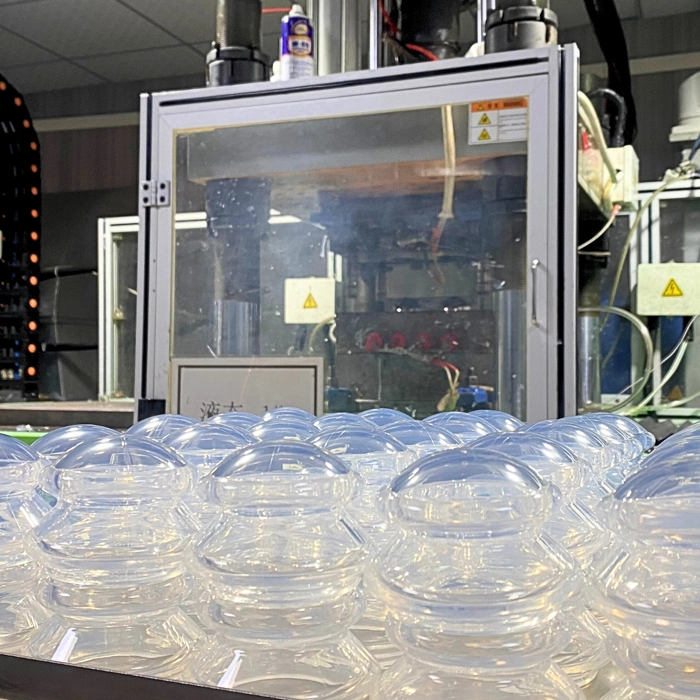Small Part Machining: What is it?
Small part machining is a process that involves removing material from a workpiece to create a smaller and more intricate part. Small parts are often used in a wide range of industries, including aerospace, medical devices, electronics, and more. CNC machining small parts requires a high level of precision, accuracy, and attention to detail, as even the slightest deviation can result in a faulty product. This process is used to create parts such as screws, bolts, fasteners, gears, and other complex components.
Types of Machines Used for Small Part Machining
There are several types of machines used for small part machining, including CNC machines, lathes, milling machines, and grinders. Each machine has its unique features and capabilities, making them ideal for different types of small part machining.
CNC Machines
CNC (Computer Numerical Control) machines are a popular choice for small part machining due to their high precision and accuracy. These machines use computer-controlled movements to create parts with a high level of consistency and repeatability. CNC machines can be used to create parts from a wide range of materials, including metals, plastics, and composites. They are often used in high-volume production environments, where speed and accuracy are essential.
Lathes
Lathes are another popular machine used for small part machining. They are used to create round or cylindrical parts by rotating the workpiece against a cutting tool. Lathes can be used to create parts with a high level of precision, and they are often used to create parts such as pins, screws, and shafts. They can also be used to create more complex parts by adding additional axes and tooling.
Milling Machines
CNC milling and turning machines are often used for small part machining when complex shapes or features are required. These machines use rotating cutting tools to remove material from the workpiece, creating the desired shape or feature. Milling machines can be used to create parts from a wide range of materials, including metals, plastics, and composites. They are often used to create parts such as gears, molds, and complex components.
Grinders
Grinders are used for small part machining when a high level of precision is required. These machines use abrasive wheels to remove material from the workpiece, creating a smooth surface finish. Grinders can be used to create parts from a wide range of materials, including metals, plastics, and ceramics. They are often used to create parts such as bearings, valves, and other precision components.
As a common CNC manufacturing service, small part machining is an essential process used in many industries to create intricate and complex components. Machining small parts requires a high level of precision, accuracy, and attention to detail, making it essential to use the right machine for the job. CNC machines, lathes, milling machines, and grinders are all popular machines used for small part machining, each with its unique features and capabilities. By understanding the different machines available and their strengths, manufacturers can choose the right machine for their specific small part machining needs, ensuring high-quality and consistent parts.
- Innovation Unleashed: the Role of Prototype Machining in Product DevelopmentJanuary 5, 2024In the dynamic realm of product development, where ideas evolve into tangible innovations, the role of prototype machining stands as a cornerstone for success. The journey from concept to market-ready...view
- How Is Prototyping Used in the Automotive Industry?July 22, 2023Automotive rapid prototyping is an essential process used in the automotive industry to develop new vehicles and components. Prototyping allows designers and engineers to test and refine their ideas b...view
- CNC Milling a Flame Retardant ABSJanuary 12, 2023CNC milling a flame retardant ABS, a strict tolerance of ±0.5° for all 4 inner corners.view
- Automotive Ingenuity: Revolutionizing Vehicle Design with Prototype MachiningJanuary 5, 2024In the modern automotive industry, innovation and technology play an integral role in shaping the future of vehicles. One process that stands out amidst this evolution is prototype machining. With its...view
- Efficiency Redefined: The Impact of High Precision Tools in IndustriesJanuary 5, 2024In the ever-evolving landscape of industrial manufacturing, the pursuit of efficiency is paramount, and at the core of this quest lies the transformative impact of high precision tools. These sophisti...view
- Harmony in Sound: 4 Axis CNC Machining for Musical Instrument SuppliersNovember 23, 2023When it comes to crafting musical instruments, precision and attention to detail are paramount. Whether it's a finely tuned guitar, a melodically rich piano, or a beautifully crafted violin, every...view
